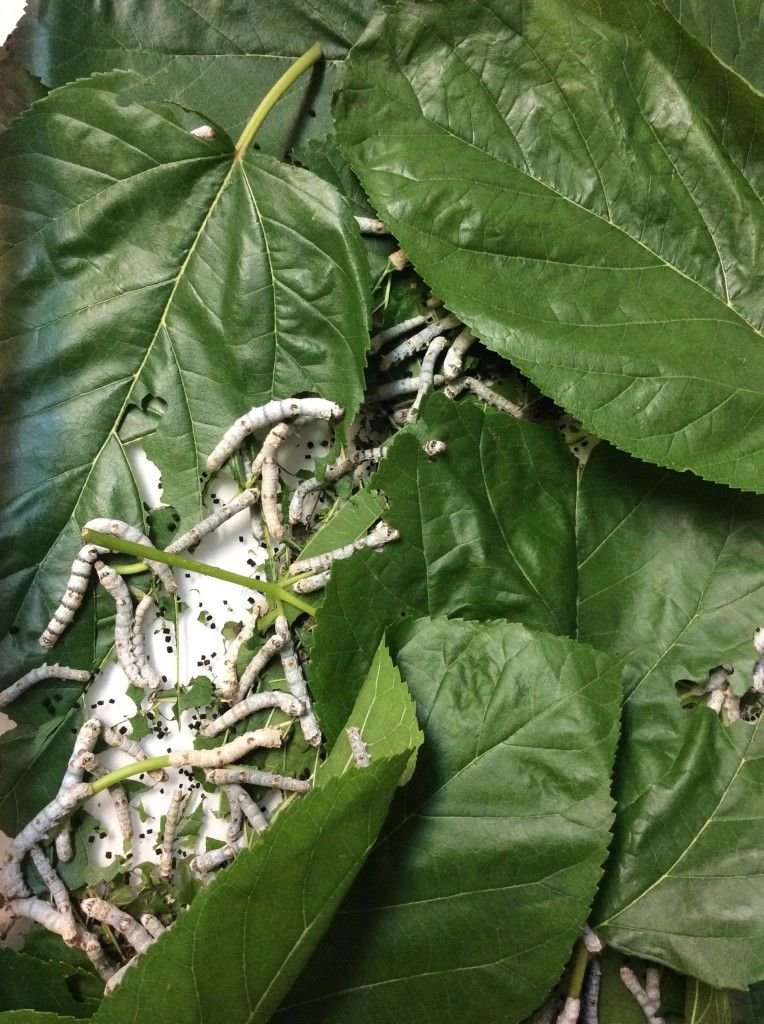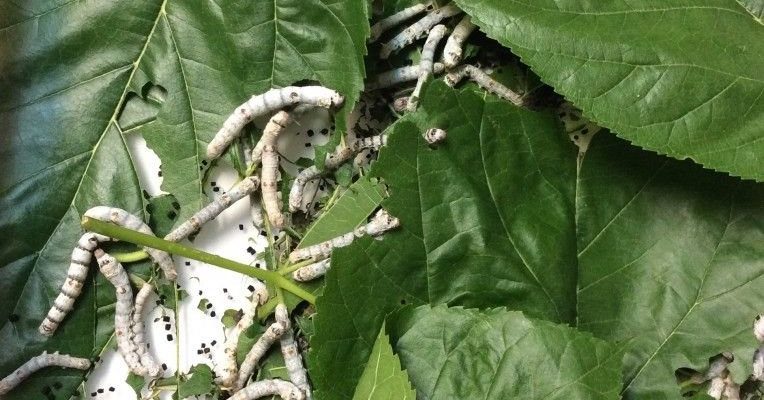
Imagine silkworms as hungry teenagers. If their favorite pizza is missing, they might not know what to do at first, but they can find ways to fill their bellies. Similarly, silkworms rely heavily on mulberry leaves, but what if they have to adapt? This leads us into the heart of the matter: the relationship between silkworms and their dietary needs.
Understanding the Silkworm’s Diet
Silkworms are larval forms of the silk moth, and they have a very specialized diet. They primarily feed on **mulberry leaves**, which provide not just sustenance but also the nutrients necessary for their growth and the production of silk. Think of mulberry leaves as the ultimate energy drink for these little guys; they’re specifically designed to support the silkworm’s life cycle.
Mulberry leaves are packed with proteins, carbohydrates, vitamins, and minerals that silkworms need to thrive. It’s almost as if these leaves have a tailor-made recipe created just for them. When they munch on these leaves, they grow rapidly, shedding their skin multiple times before they finally turn into pupae. Without these leaves, their nutritional needs simply can’t be met.
However, it’s worth pointing out that silkworms are not entirely picky eaters. They can also consume **leaves from other plants**, albeit with varying degrees of success. Some alternative food sources include **osmanthus**, **castor**, and **persimmon leaves**. These alternatives provide some level of nutrition but often lack the concentrated benefits of mulberry leaves.
What Happens Without Mulberry Leaves?
You might be wondering, what happens if silkworms don’t have access to mulberry leaves? The short answer is: they can struggle. A lack of mulberry leaves means a lack of essential nutrients. Without proper nutrition, silkworms may experience stunted growth or even premature death.
In the wild or in controlled environments, if silkworms don’t get their preferred food, they could face several challenges. Their silk production might decline, which could impact businesses that rely on silk farming. Just imagine a pizza restaurant trying to make do without any cheese! It’s similar for silkworms—they’re out of their element without mulberry leaves.
If food scarcity continues for extended periods, the consequences can escalate. In cases where silkworms are deprived of their primary food source for too long, they may enter a state of stress. This stress can lead to abnormal behavior, reduced reproduction rates, and a generally unhealthy population.
Can Silkworms Eat Other Leaves?
While mulberry leaves are the gold standard for silkworms, they’re not the only option out there. If you’re considering alternative diets for silkworms, it’s essential to know what they can eat safely. Here are some viable alternatives:
- Osmanthus leaves: Often recommended as a substitute, these leaves aren’t as nutritious as mulberry but can sustain silkworms for a short time.
- Castor leaves: Some silkworm breeders use castor leaves, but be cautious. They may not support healthy growth.
- Persimmon leaves: Another alternative, persimmon leaves can provide some nutrition but fall short when compared to mulberry.
Switching the diet can be effective but should be approached with caution. If you’re trying to raise silkworms and mulberry leaves are unavailable, it’s crucial to monitor their health closely. You want to ensure they still get enough nutrients to thrive.
Silkworms and Adaptability
Silkworms have shown a bit of adaptability when it comes to their diet. While they are primarily known for feeding on mulberry leaves, with some encouragement, they can manage to survive on other plant leaves. However, adaptability doesn’t mean they thrive.
Think of it like a person trying to survive on just snacks instead of balanced meals. Sure, you might get by, but you’re not going to feel your best. Similarly, silkworms on a subpar diet may grow slower and have weaker silk production. It’s vital to provide the best possible diet for optimal health and productivity.
Breeding programs and research continue to explore how silkworms can adapt their diets. Scientists are experimenting with various plant species to discover if silkworms can be trained to eat different types of leaves. The goal is to create more resilient populations—just like finding a new favorite pizza topping!
The Importance of Mulberry Cultivation
Because of the **critical role** mulberry leaves play in the silkworm’s life cycle, cultivating these plants is essential for silk production. Farmers invest time and resources into growing healthy mulberry trees to ensure a steady supply of leaves.
Consider it this way: if you want a thriving bakery, you need a reliable source of flour. Similarly, if you’re raising silkworms for silk production, having a solid mulberry tree crop is key. Additionally, many farmers are exploring sustainable farming practices to ensure healthy mulberry crops without harming the environment.
The cultivation of mulberry trees also promotes biodiversity. These trees are beneficial for the ecosystem, providing habitats for various insects, birds, and other wildlife. So, when farmers grow mulberry trees, they’re not just helping silkworms; they’re also supporting the wider environment.
So, can silkworms survive without mulberry leaves? The short answer is: not easily. While they can eat other types of leaves, such substitutes may not provide them with the necessary nutrients for healthy growth and silk production.
In the world of silkworms, mulberry leaves are the VIPs of the dining scene. Offering the right nutrition, they help these tiny caterpillars thrive, grow, and produce silk. Without them, it’s like trying to run a marathon with just a snack bar instead of a full meal.
So, if you’re involved in silkworm cultivation, always keep those mulberry leaves on hand. They’re not just food; they’re the key to success!

